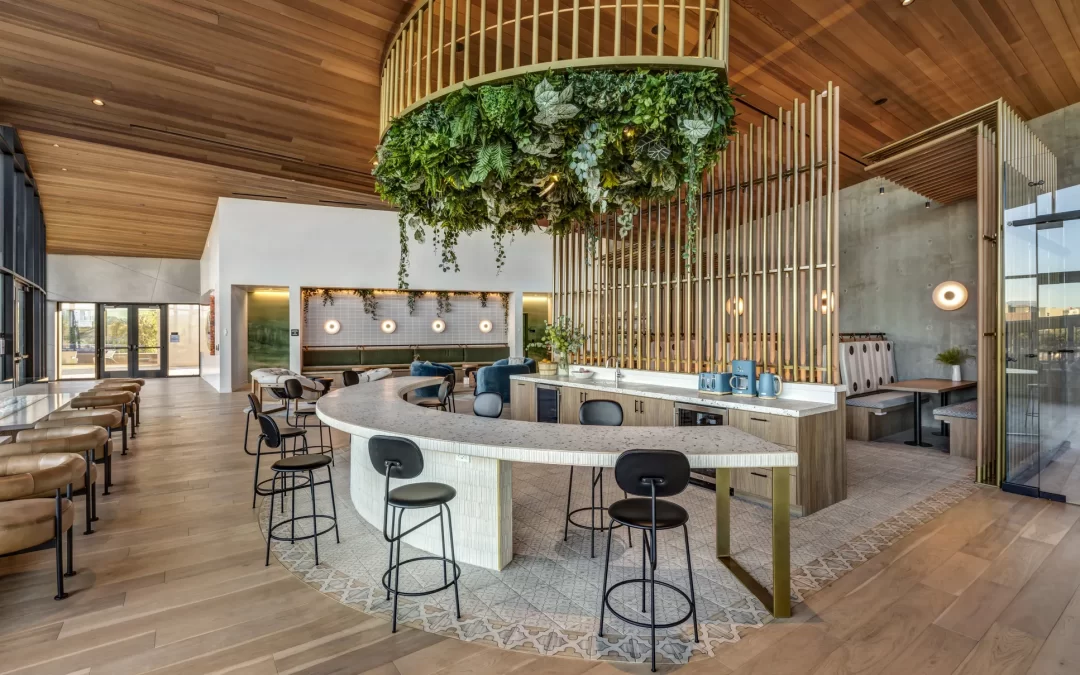Eco-Friendly Landscaping Designs: Crafting Sustainable Beauty
In today’s rapidly changing environmental landscape, eco-friendly landscaping designs have emerged as a critical component of sustainable development. This approach not only embraces aesthetic appeal but also integrates practices aimed at preserving natural resources and fostering biodiversity. For professionals in architecture and design, particularly within the hospitality industry, creating sustainable outdoor spaces is both a responsibility and an art form.
Understanding Eco-Friendly Landscaping
Eco-friendly landscaping, sometimes termed sustainable or green landscaping, involves designing and managing gardens and outdoor spaces in a manner that is environmentally mindful. This involves the selection of native plants, efficient use of resources, biodiversity enhancement, soil health, water conservation, and energy-efficient practices. The goal is to create outdoor environments that coexist harmoniously with nature while still meeting the aesthetic and functional needs of the space.
Core Principles of Eco-Friendly Landscaping Designs
-
Native and Drought-Resistant Plants
Incorporating native plants is fundamental to eco-friendly landscaping. These plants are naturally adapted to the local climate and soil conditions, requiring less water, pesticides, and fertilizers. Drought-resistant plants, such as succulents and certain perennial grasses, play a crucial role in water conservation, an essential component of sustainable landscape design.
-
Xeriscaping Techniques
Xeriscaping involves designing landscapes to minimize water use. This is achieved through strategic plant selection, soil improvement, and efficient irrigation systems. It is a poignant choice for regions facing water shortages, helping to significantly reduce water consumption while maintaining lush gardens.
-
Rainwater Harvesting and Efficient Irrigation
Advanced irrigation systems that use rain sensors and drip irrigation help minimize water wastage. Rainwater harvesting systems can capture and reuse rainfall for irrigation purposes, offsetting water use from municipal sources. This technique not only conserves water but also reduces utility costs for property owners.
-
Soil Health and Organic Practices
Maintaining healthy soil is integral to successful eco-friendly landscaping. Using organic composts and mulches improves soil structure and health while reducing reliance on chemical fertilizers. Healthy soil acts as a sponge, retaining water and supporting robust plant growth, which is essential for a thriving ecosystem.
Integration of Eco-Friendly Landscaping in Hospitality Spaces
In the hospitality industry, where first impressions are paramount, eco-friendly landscaping can set a property apart. Guests often seek environments that not only offer beauty and tranquility but also reflect sustainable practices.
The Role of Eco-Friendly Landscaping in Enhancing Guest Experience
-
Aesthetic and Functional Beauty
Hotels and resorts with thoughtfully designed landscapes engage their guests by offering serene spaces for relaxation and rejuvenation. Incorporating elements like waterfalls, green walls, and extensive gardens not only enhances visual appeal but also provides functional spaces for weddings, events, and recreational activities.
-
Supporting Local Ecosystems
Using native plants and creating habitats for local wildlife boosts biodiversity. This approach attracts birds, butterflies, and beneficial insects, creating vibrant ecosystems that guests can enjoy and learn from. Natural landscapes also provide experiential learning opportunities about local flora and fauna.
Future Trends and Technologies in Eco-Friendly Landscaping
The future of sustainable landscaping is bright, with innovations and technologies continuing to advance. Smart irrigation systems with real-time weather monitoring, vertical gardens, and integrated renewable energy solutions are becoming mainstream, creating opportunities for even greater sustainability in landscape design.
Practical Steps for Implementing Eco-Friendly Landscaping
- Start with a comprehensive site analysis to understand existing conditions such as soil types, climate, and natural ecosystems.
- Develop a design that incorporates native plant selections tailored to the site’s distinct environment.
- Incorporate water-saving technologies, including drip irrigation and rainwater harvesting systems.
- Utilize organic soil amendments and grasses to maintain soil fertility sustainably over the long term.
- Design spaces that encourage guest interaction and education about native plants and conservation practices.
Conclusion
Eco-friendly landscaping is transforming traditional design practices into a dynamic approach that values and incorporates the natural environment. For those in the hospitality industry, leveraging these techniques not only aligns with global sustainability goals but also enhances guest experiences and brand perception. As the demand for sustainable practices continues to rise, embracing eco-friendly landscaping offers a pathway to both environmental stewardship and business success.



